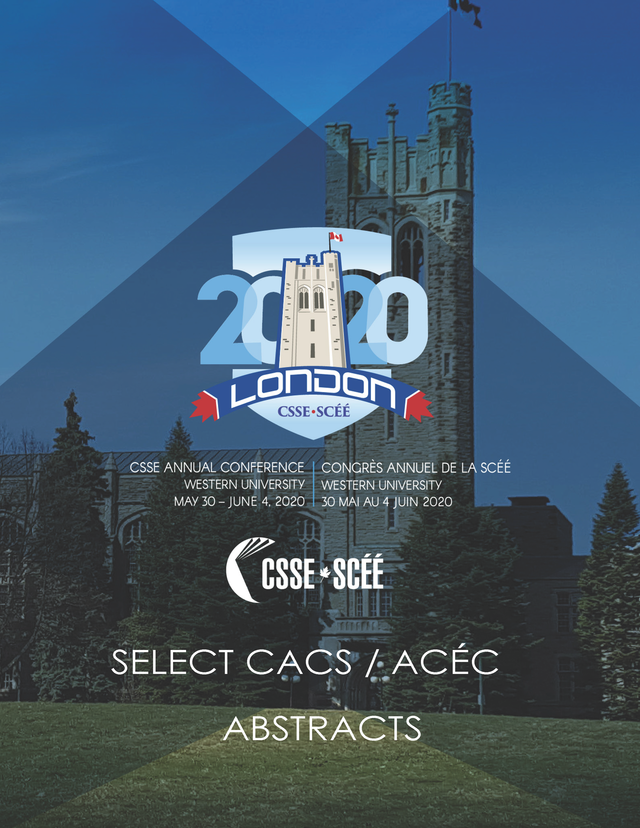The Fecundity of Silence in Dialogue: Students’ Experiences of Classroom Discussions
DOI:
https://doi.org/10.25071/1916-4467.40567Keywords:
dialogic pedagogy, literary studies, hermeneutics, higher education, curriculum studiesAbstract
Scholars have noted that literary studies ought to be marked by opportunities for students to engage with difficult topics. Arguably, class discussions are a signature pedagogy of literary studies that support engagement with difficult topics. However, silences can disrupt the anticipated insight of such discussions. How do students in higher education literary studies experience silence in such discussions? Can student silence be understood as a generative aspect of difficult conversations about literary texts? This research sought to disrupt established beliefs about the idea of silence as non-participation and to determine whether there is evidence that speaks to the fecundity of silence in discussions. Silence has not been studied nearly as much as dialogic pedagogy, but scholars recognize its value for literacy. My research is based on the conceptual frameworks of dialogic pedagogy and hermeneutics and methodologically uses hermeneutic interviewing to develop thick descriptions of students’ experiences. This presentation focuses on my preliminary findings with reference to the academic literature on student silence in dialogic teaching and learning contexts. I address confirmations and disconfirmations of prevailing academic perspectives and instructors’ assumptions that consider student silence as fecund. This research is relevant for instructors in literary studies but may have implications for other disciplines using dialogic pedagogy.Downloads
Published
27-06-2020
How to Cite
Blackman, G. S. (2020). The Fecundity of Silence in Dialogue: Students’ Experiences of Classroom Discussions. Journal of the Canadian Association for Curriculum Studies, 18(1), 97–98. https://doi.org/10.25071/1916-4467.40567
Issue
Section
Learning Theories
License

Copyright for work published in JCACS belongs to the authors. All work is licensed under a Creative Commons Attribution-ShareAlike 4.0 International license.


